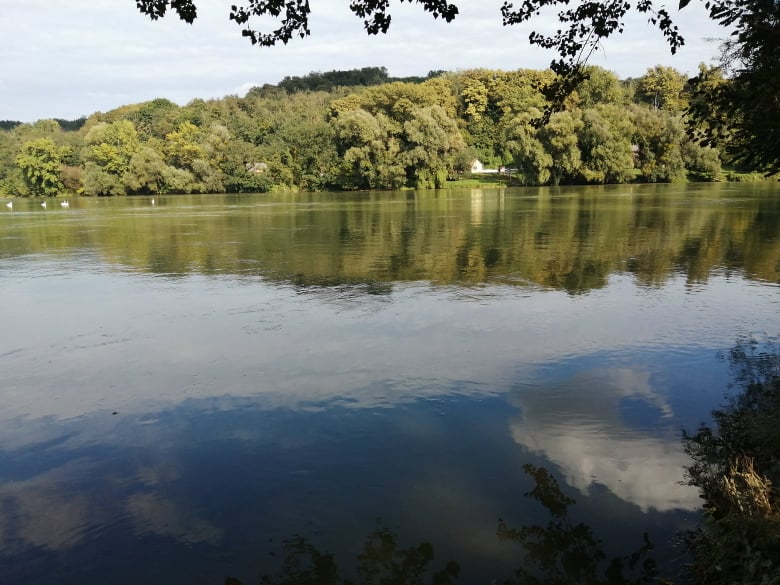lifelineMDD - New EEA report shines a light on the poor state of nature in the EU
23-10-2020
State of nature in the EU: Results from reporting under the nature directives 2013-2018, published by European Environment Agency on 19th of October, describes the state of nature in the EU during the period from 2013 to 2018, based on Member States′ reporting.
The report states that despite significant efforts, biodiversity continues to decline and faces deteriorating trends in the greater part of Europe. Only 15% of habitat assessments have good conservation status, with 81% having poor or bad status at EU level, while 4% reported as unknown. This status, according to report, is a result of ongoing pressures from changes in land and sea use, overexploitation and unsustainable management practices. These drivers are tied to the modification of water regimes, pollution, invasive alien species and the effects of climate change.

The report states that modifications of hydrological flow have a most significant impact on European freshwaters, and physical alteration of water bodies, such as removal of sediment, building dams, canalisation and water deviation, is stated as one the mains pressures on freshwater fish. Moreover, hydropower installations represent the single most important impact on migratory and freshwater fish.
“This includes not only dams or weirs as physical structures but also the changes they cause in the hydrological functioning of rivers, river morphology (large stretches canalised) and the chemical and thermal properties of water”, states the report.
One of the gaps, underlined in the report, are limitations due to poor data quality or gaps in data completeness. Those data gaps were also identified in the lifelineMDD. For fish population no current data is available and Water Framework Directive (WFD) monitoring is not performed in all countries.
So far, no joint database for the TBR MDD exists, and studies are mostly done on a national or regional level. Thus a system-scale knowledge base for the TBR MDD is missing, and impacts of local actions on the up-or downstream countries of the corridor are rarely assessed. Studies performed on the 5-country level on bio-indicators and abiotic framework conditions will allow for the first time a system scale view on connectivity and biodiversity management for the whole TBR MDD river corridor. Fish population status report, the result of the fish sampling, will analyse the status of the fish populations on the 5-country level, possible threats related to reproduction and connectivity, and give recommendations for improvement.
This year’s World Fish Migration Day, which we mark on 24th of October, is a reminder about the importance of free flowing river and good river connectivity for migratory fish. One recommendation, part of the EU Biodiversity Strategy for 2030, is the need for increased restoration. An ambitious EU nature restoration plan will be developed by 2021 to improve the protection of intact habitats and restore degraded areas. One of the measures is to restore at least 25 000 km of rivers to free-flowing rivers by 2030.
